The significance of high-quality instructional materials (HQIM) cannot be overstated in today’s educational landscape. Instructional content is the bedrock of the learning experience that shapes students’ academic success and long-term outcomes. Whether it’s foundational skills in early literacy or advanced concepts in later grades, having the right materials in place is pivotal to creating an equitable, effective, and engaging learning environment.
The Instructional Core: Where Learning Happens
The instructional core consists of three essential components: students, teachers, and content. Research consistently shows that what teachers teach directly impacts what students learn. According to one study, instructional materials influence both student outcomes and teachers’ instructional choices. The materials selected for classrooms play a central role in shaping student learning experiences and preparing them for college and careers.
The Positive Impact of HQIM — And the Consequences of Not Using Them
The positive impact of HQIM on student achievement is backed by a growing body of evidence. In a 2017 study, the use of high-quality materials in middle school led to student performance gains equivalent to moving a teacher from the 50th to the 80th percentile for effectiveness. Additionally, a TNTP study found that students who started the year behind but were given grade-appropriate assignments and high-quality materials closed the achievement gap with their higher-performing peers.
Without access to HQIM, many teachers spend hours searching for and creating instructional resources—drawing from a variety of sources, many of them unvetted. This can lead to inconsistent quality, incoherence across lessons, and, ultimately, reduced learning outcomes. And this issue disproportionately impacts low-income students and students of color, many of whom already face significant educational barriers.
In districts that prioritize aligned, high-quality materials, students are more likely to engage with challenging content, which drives deeper learning. Teachers in these districts report higher satisfaction and greater success in reaching students at varying levels. For teachers, access to well-aligned instructional content means more time to focus on tailoring instruction, analyzing data, and providing meaningful feedback to students. High-quality materials empower teachers to concentrate on doing what they do best: meeting the needs of individual students and getting them excited to learn.
What Makes Materials High Quality?
Not all instructional materials are created equal. High-quality materials are typically identified through their alignment to state standards, their reflection of local priorities, and their incorporation of supports for multilingual learners (MLLs) and culturally responsive and sustaining education (CRSE).
- Standards Alignment: The most essential characteristic of HQIM is alignment to college- and career-ready standards. This ensures that students are being taught the skills and content necessary to succeed in school and beyond. To date, EdReports has reviewed more than 95% of the K–12 core English language arts (ELA) and mathematics materials market, with 53% of ELA and 48% of math programs meeting alignment expectations.
- Local Priorities: While alignment to standards is crucial, materials should also be adaptable to meet the specific needs of local communities. Engaging educators, parents, and students in the selection process can help districts select materials that reflect both cultural and academic priorities. In places like Baltimore City Public Schools, the integration of community priorities into curriculum selection has led to more culturally relevant and engaging materials.
- Supports for Multilingual Learners: The inclusion of language supports is essential in materials, especially in districts with high percentages of multilingual learners. Research has found that materials that integrate MLL supports help reduce language barriers and create a more inclusive learning environment. As educators across the nation adopt more inclusive frameworks, they are discovering that these supports are vital for improving outcomes for all students.
- Culturally Responsive and Sustaining Education: HQIM should incorporate diverse perspectives and ensure that all students see themselves reflected in the curriculum. This not only fosters a sense of belonging but also supports academic achievement. For example, curriculum that authentically showcases diverse authors, contexts, and historical narratives can help engage students who might otherwise feel disconnected from their studies.
Resources to Support the Selection of HQIM
Districts seeking reliable information to support their selection of instructional materials can turn to EdReports, a free resource offering over 1,000 educator-led reviews of K–12 ELA, mathematics, and science materials. These reviews are designed to ensure school systems have access to comprehensive, evidence-rich information to guide their decisions.
When adopting new materials, involving teachers in the selection process is crucial. Teachers are well-positioned to assess whether a program meets their instructional needs and aligns with student learning goals. Additionally, investing in curriculum-based professional learning ensures that teachers are prepared to effectively implement the materials in their classrooms.
Materials Make a Real Difference
High-quality instructional materials play a key role in helping students succeed and ensuring all learners have access to the resources they need. When schools prioritize materials that are aligned to standards, reflect local priorities, and meet the diverse learning needs of students, they create opportunities for deeper learning across the board. For educators and decision-makers, the takeaway is clear: investing in quality materials and supporting teachers to use them effectively can make a real difference in the classroom.





